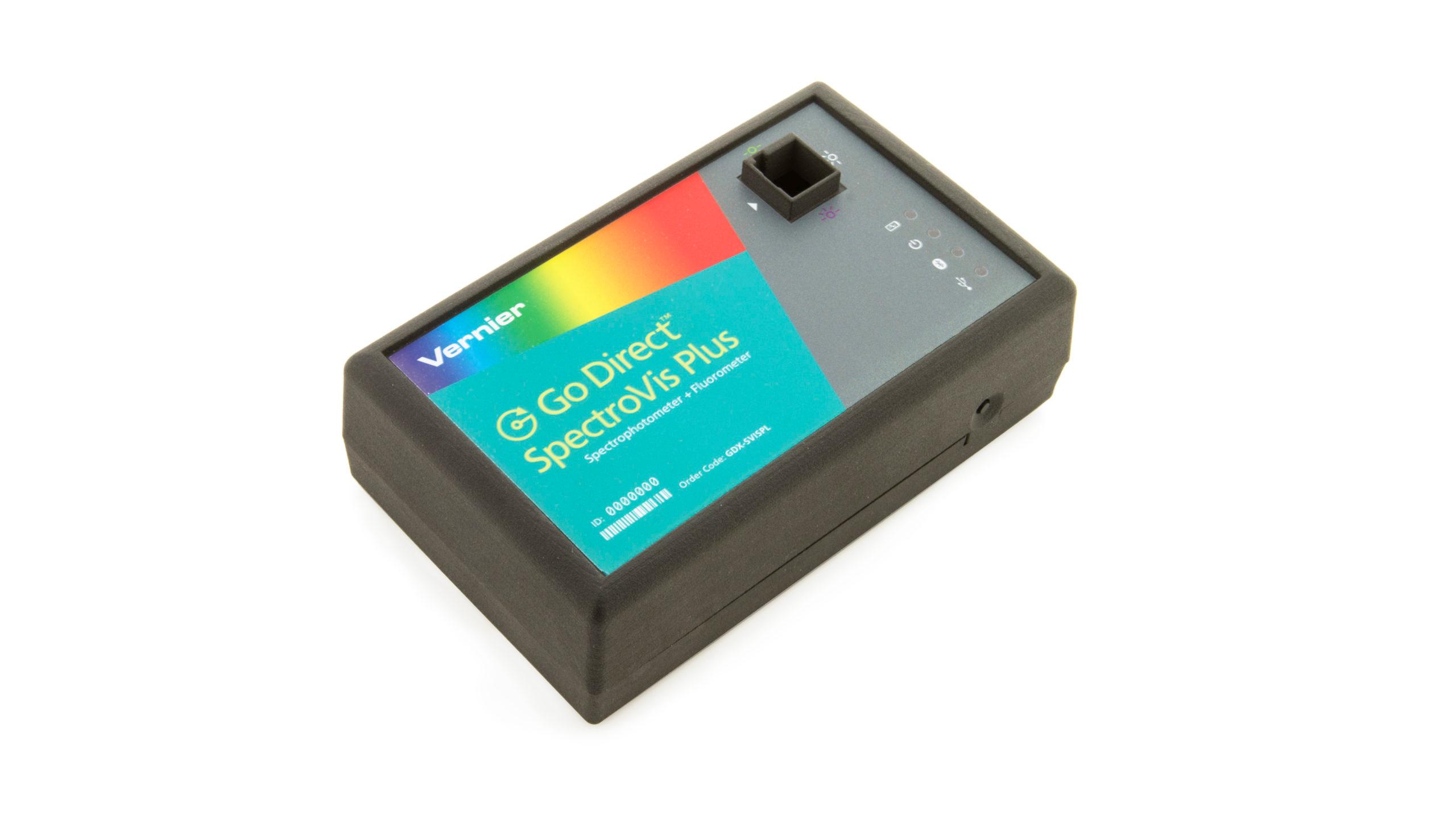Determination of Chlorophyll in Olive Oil
Experiment #14
Introduction
Olive oil is made by pressing or extracting the rich oil from the olive fruit. It seems like a simple matter to press the olives and collect the oil, but many oil extraction processes exist for the many different types of olives grown around the world. To complicate things further, there are also various grades of olive oil, and carefully selected groups of officials meet to define and redefine the grading of olive oil. To help make our experiment a more scientific and less political exercise, we will winnow our investigation of olive oil down to a manageable few variables.
After processing, olive oil comes in three common grades: extra virgin, regular, and light. Extra virgin olive oil is considered the highest quality. It is the first pressing from freshly prepared olives. It has a greenish-yellow tint and a distinctively fruity aroma because of the high levels of volatile materials extracted from the fruit. Regular olive oil is collected with the help of a warm water slurry to increase yield, squeezing every last drop of oil out of the olives. It is pale yellow in color, with a slight aroma, because it contains fewer volatile compounds. Light olive oil is very light in color and has virtually no aroma because it has been processed under pressure. This removes most of the chlorophyll and volatile compounds. Light olive oil is commonly used for frying because it does not affect the taste of fried foods, and it is relatively inexpensive.
The visible light absorbance spectrum of chlorophyll gives interesting results. The chemistry of chlorophyll (some references site four types: a, b, c, and d) creates absorbance peaks in the
400–500 nm range and in the 600–700 nm range. The combination of visible light that is not absorbed appears green to the human eye, but different sources of chlorophylls will have different ratios of these peaks, which create various shades of green. The ability of chlorophyll to soak up light energy across a wide swath of the visible range helps power photosynthesis at optimum efficiency in plants.
Objectives
In this experiment, you will
- Measure and analyze the visible light absorbance spectra of three standard olive oils: extra virgin, regular, and light.
- Measure the absorbance spectrum of an “unknown” olive oil sample.
- Identify the unknown olive oil as one of the three standard types.
Sensors and Equipment
This experiment features the following sensors and equipment. Additional equipment may be required.
Ready to Experiment?
Ask an Expert
Get answers to your questions about how to teach this experiment with our support team.
- Call toll-free: 888-837-6437
- Chat with Us
- Email support@vernier.com

